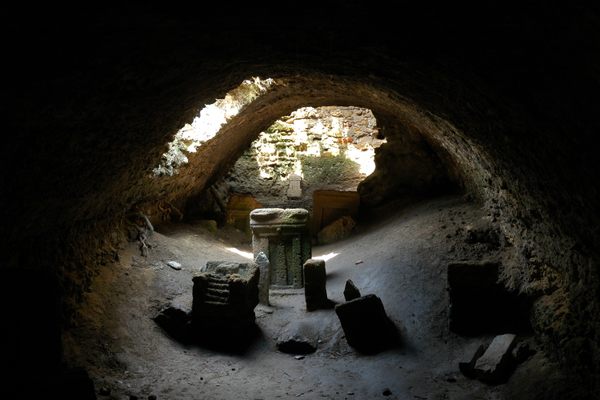Jade Burial Suits
Stone shrouds of Prince Liu Sheng and Princess Dou Wan of the Han Dynasty, created to preserve their flesh for eternity.
Threaded in silver and gold from thousands of plates of precious stones, the jade burial suits of ancient China were built as armor for the afterlife to prevent mortal decay.
Jade suits were first documented in literature around AD 320, although there is archaeological proof of their existence over half a millennium before. However, their existence wasn’t confirmed until 1968, when the tomb of Prince Liu Sheng and his wife Princess Dou Wan of the Han Dynasty was discovered. Believed to be one of the most important archaeological finds of the 20th century, the undisturbed tomb was unearthed in the Hebei Province behind a wall of iron between two brick walls and a corridor packed with stone.
Each of the green suits is composed of over 2,000 plates of jade, with gold used to sew the prince’s and silver for the princess. There have been fewer than two dozen other suits found since their discovery, partly because they were so expensive and labor intensive to make; even the most skilled jadesmith would have taken over 10 years to make one of the suits. Also in AD 223, Emperor Wen of Wei ordered that the production of jade suits be stopped, as they encouraged tomb looters who would burn the suits to retrieve the gold thread.
Jade was believed to have preservative and protective qualities that would prevent the deterioration of soft tissues and keep away bad spirits. Yet beneath the stone suits there were only crumbled skeletons. Nevertheless, since jade is porous, it’s possible that DNA from the royal couple might be embedded in the stones over 2,000 years after their deaths, giving them a form of immortality.
The two jade suits are now on display in the Hebei Provincial Museum.

















Follow us on Twitter to get the latest on the world's hidden wonders.
Like us on Facebook to get the latest on the world's hidden wonders.
Follow us on Twitter Like us on Facebook